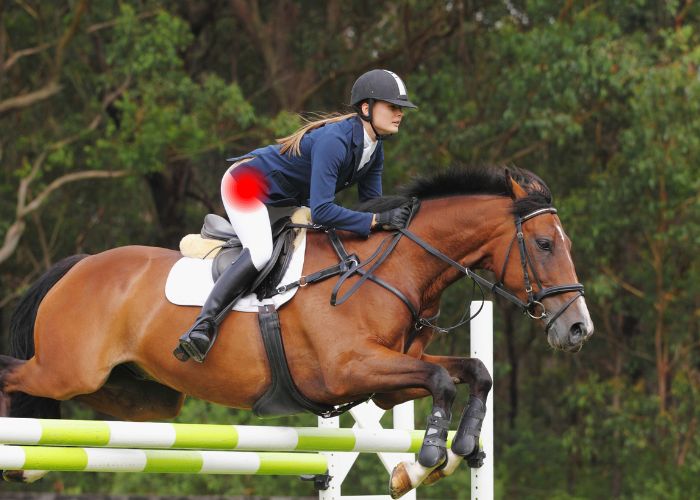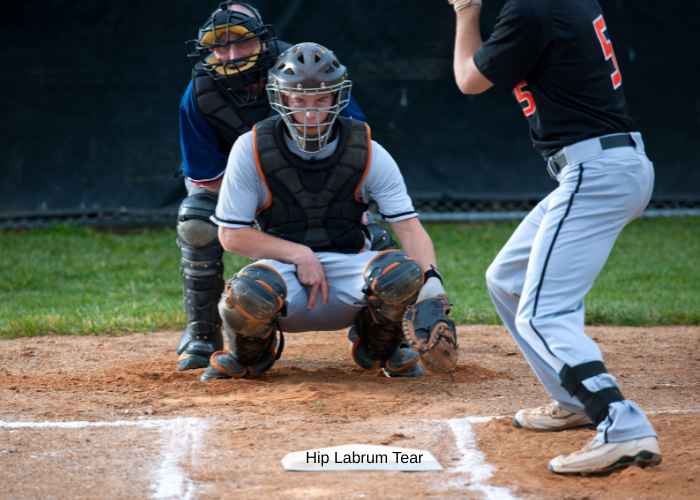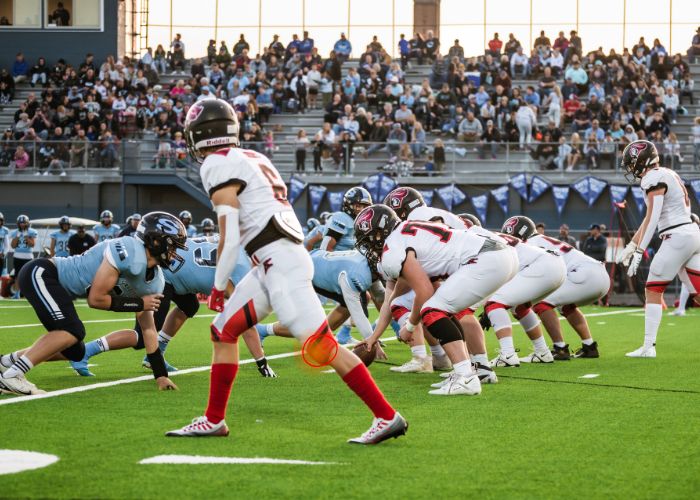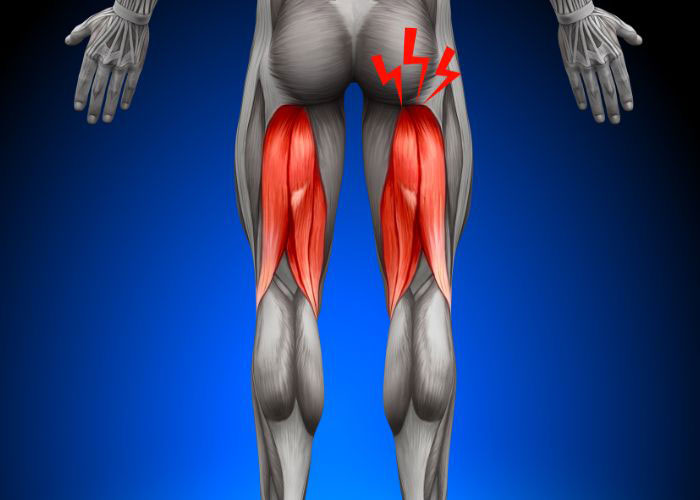LCL Reconstruction Surgeon

Do you participate in contact sports or activities with sudden stops, starts, and pivoting? If so, you may be at risk of sustaining an LCL injury. LCL injuries should be repaired or reconstructed to maintain the stability and strength of the knee. LCL surgeon, Dr. Ronak Mukesh Patel, provides diagnosis and both surgical and nonsurgical treatment options for patients in Sugar Land, Pearland, and the Houston, Texas area who have torn their LCL. Contact Dr. Patel’s team today!
What is an LCL or lateral collateral ligament tear in the knee?
The LCL or lateral collateral ligament is one of the several ligaments that stabilize the knee. It runs along the outside of the knee, connecting the top of the fibula (the outer bone in the bottom of the leg) to the bottom of the thigh bone, called the femur. This effectively stabilizes the outside of the knee. The LCL is typically injured by pressure or injury from the inside of the knee, which places stress on the outer ligament. A lateral collateral ligament tear is rarely an isolated event, usually occurring with injuries to other parts of the knee such as the anterior cruciate ligament (ACL). A “pop” or a feeling of the knee giving way can indicate injury. The most common causes of an LCL tear involve hard contact, twisting, weaving, or quickly changing direction. A lateral collateral ligament injury will fall into one of three categories:
- Grade 1: Mild knee injury. The LCL is not torn completely and should heal on its own.
- Grade 2: Moderate knee injury. The LCL has a partial tear with both non-surgical and surgical options.
- Grade 3: Severe knee injury. The LCL is completely torn or separated from its insertion point. A doctor will likely recommend LCL surgery.
What is LCL Reconstruction?
LCL Reconstruction surgery is an effective way to rebuild the injured ligament, restabilize the knee, and restore the knee’s side-to-side movements. To replace the lateral collateral ligament Dr. Patel will use a tissue graft taken either from somewhere else in the patient’s body (called an autograft) or from a tissue bank (called an allograft). Dr. Ronak Mukesh Patel, orthopedic knee doctor, treats patients in Sugar Land, Pearland, and the Houston, Texas area, who have suffered an LCL tear and need expert LCL reconstruction.
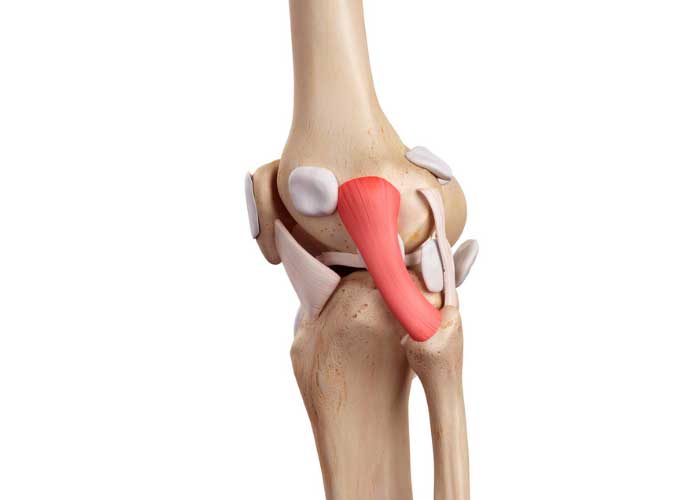
How is LCL (lateral collateral ligament) reconstruction done?
If it is determined that LCL Reconstruction is necessary, Dr. Patel will perform an open surgery with the patient under general anesthesia. This is most often an outpatient procedure. Dr. Patel will create a tunnel in both the femoral attachment site and the fibular head. The new ligament is placed through the tunnel in the femur and secured with an interference screw. It is then threaded under the lateral aponeurosis and the iliotibial band before insertion into the tunnel in the fibula where it is secured by a second screw. The ligament is assessed for strength and range of motion before ending the procedure.
What is the recovery like after LCL reconstruction surgery?
Those treated by Dr. Patel in the Sugar Land, Pearland, and the Houston, Texas area can expect a recovery time of about 6-12 months after LCL Reconstruction. Recovery time can vary based on age, overall health, and the severity of the injury. Patients of Dr. Patel should expect the following post-operative care to protect the lateral collateral ligament during healing:
- Bruising, pain, and swelling are normal. This can be alleviated with ice, elevation, a hinged knee brace, and over-the-counter or prescription painkillers.
- Patients should avoid putting any weight on the leg for the first six weeks. Crutches and a hinged knee brace should be used during this time.
- Physical Therapy should be expected for at least 4-6 months and may begin before surgery.
